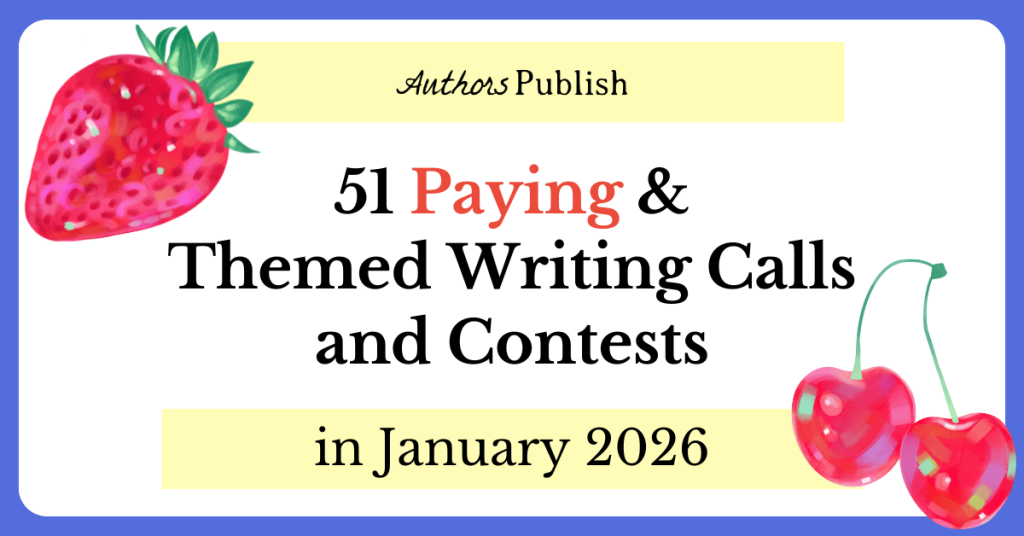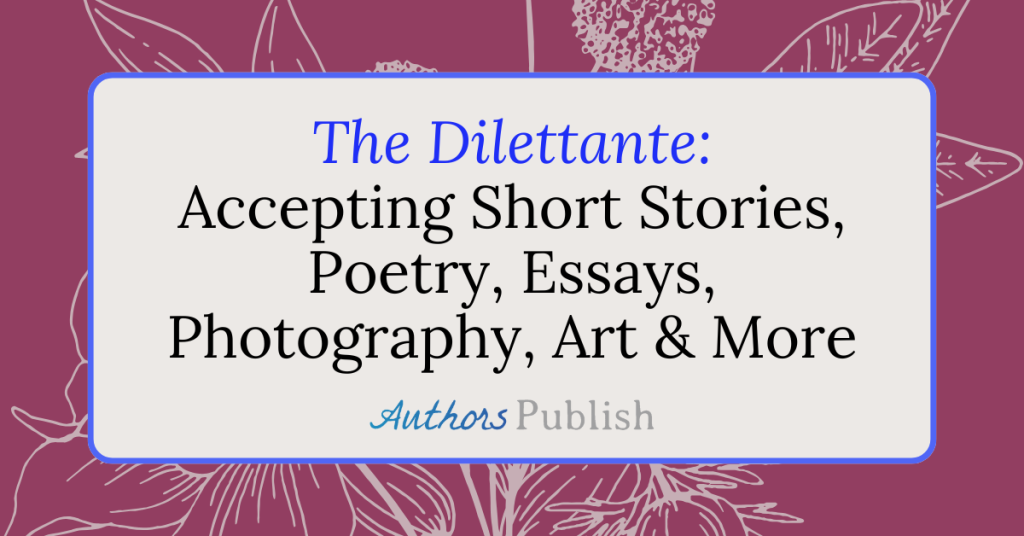By Aliya Bree Hall
As writers, we’re constantly bombarded with new and enticing ideas. Although it can be tempting to drop any other project we’ve already begun working on to focus on a new project — that can lead to a routine of abandoning your current work in progress in favor of whatever idea is freshest in your mind.
That doesn’t necessarily mean working on multiple projects is a bad thing. There are a lot of benefits to having these different creative outlets; however, it’s important to understand how it’s helpful and the pitfalls to avoid when you’re considering developing not just a second but a third or fourth story concept.
The Benefits
One of the best aspects of managing multiple writing projects at the same time is that it keeps your creative juices flowing. Whether it’s novels, short stories, flash fiction or a combination of mediums, if you get stuck, you have a back-up project to work on. For novel writers, especially, having a side project can be therapeutic when you’ve hit writer’s block. It helps you maintain your writing routine because you’re still showing up, and your brain can work through a different set of challenges. That space away from your main project will hopefully help you cultivate answers or motivation that you can bring back to that story.
This strategy works best though when you’re in different writing stages. If you’re starting both ideas from scratch, it can be trickier to switch between projects because you’re pulling from the same creative well. But if you’re halfway through a draft of a novel and want to start plotting a new idea, or if you’re knee-deep in edits and missing drafting something new, keeping that as a side project will help you from getting frustrated with the phase you’re at with your main project.
A lot of writers find success with this, particularly when there’s a degree of separation between the projects. Outside of being at a different phase, if the projects are in unrelated mediums or genres, that can help provide a further level of distinction. Especially if you’re a mood or vibe writer, having projects that evoke alternative writing styles can help you maintain your focus on whatever story you’re currently working on.
What it really comes down to is giving your muse permission to create. If you set too rigid restrictions around what you’re writing and how, it can be trickier to work through any challenges because you don’t have anything to distract you or expand your imagination.
Pitfalls & How To Avoid Them
There are still things to consider when it comes to working on multiple projects, however. At a certain point, working on too many stories will keep you from making adequate progress on any draft. Setting a limit to the number of side projects you’re working on at once is one way to ensure you’re not drowning in works of progress. Balancing two projects at once is the most sustainable, although some authors will juggle up to three. While I certainly wouldn’t recommend writing any more than that at one time, if you’re also not trying to write three novels all at once — that’s an easier workload to swing.
Another problem writers encounter with multiple projects is a lack of prioritization. If all of your projects are on equal footing, it can be hard to establish attainable goals around one project. At a certain point, it’s going to make your life easier if you can choose one story to give the bulk of your energy to finishing and keeping the other idea simmering on the back burner. You can always return and give it a good stir, but this way you’re not getting burnt out on both stories at once.
Too often when writers are working on multiple projects at the same time that are both long-form or similar genres, the writer will get bored or stuck and look to develop another side project to help distract them from whatever is currently on their plate. If you’re constantly jumping ship for the next shiny idea, you’re using side projects as a way of procrastination, and avoiding your unfinished projects won’t help you actually finish anything.
This is why it’s important to be selective in choosing what you’re side project is. If you’re working on one fantasy novel and you have an idea for a YA fantasy story as well as a contemporary story, it might make more sense for you to shelve the second fantasy idea and develop the contemporary idea.
Of course, if you’re a writer who prefers to focus on one project at a time, you know what’s best for your writing routine. But if you’ve been toying with a certain idea and have been worried about how it’ll impact the progress you’re making on your primary project — consider the side story as a way to supplement your writing energy and a further investment in your craft.
Bio: Aliya Bree Hall is a freelance journalist and writer based in Portland, Ore. She is currently editing her first novel, an adult F|F science fantasy. When she’s not writing, she’s hosting Sapphic Stories Bookclub (and Other Queer Tales) or cohosting the podcast Shit We Wrote.






